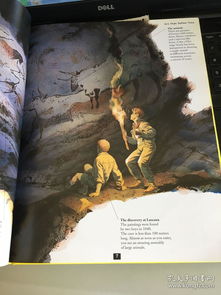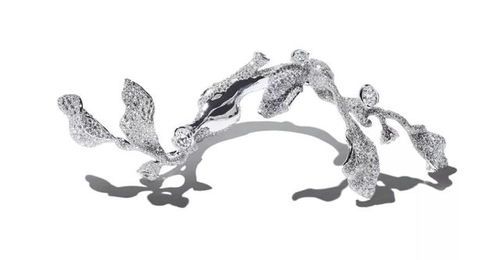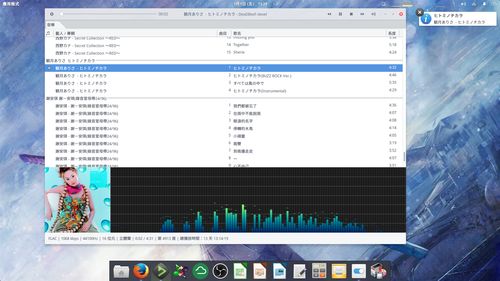Content:
As autumn approaches, the fishing scene begins to change, and November marks the transition from the warm summer months to the cooler winter season. During this time, fish behavior shifts, and anglers must adapt their techniques to be successful. In this article, we will discuss the best fishing techniques for November, helping you catch more fish during this transitional period.
Choose the Right Location
In November, fish often move to deeper waters as the water temperature drops. Focus on areas with structures like drop-offs, rocks, and submerged trees, as these locations provide fish with protection from the cold and offer food sources. Also, pay attention to areas where water currents converge or split, as these spots can attract fish looking for food.
Adjust Your Bait and Lure Selection
During November, fish tend to be more conservative with their feeding patterns. Therefore, it's crucial to use baits and lures that mimic natural prey. Here are some popular options:
- Live bait: Use worms, leeches, or minnows, as these baits are highly attractive to many species.
- Artificial lures: Soft plastics, spinnerbaits, and jigs are effective choices. Focus on colors that resemble natural prey, such as green, brown, or natural hues.
- Artificial flies: If you're fly fishing, use flies that imitate mayflies, caddisflies, and other aquatic insects.
Timing is Key
The best times to fish in November are during the early morning and late afternoon. Fish are more active during these periods, as the water temperature is warmer and more comfortable for them. Additionally, the overcast weather conditions that often accompany fall can also increase fish activity.
Use the Right Equipment
In November, fish are more cautious and require more precise presentations. To achieve this, consider the following equipment adjustments:
- Lighter tackle: Use lighter rods and reels to be more sensitive and responsive to fish movements.
- High-quality line: Use a monofilament or fluorocarbon line with a lower visibility to avoid spooking fish.
- Scented lures: Adding scent to your baits and lures can help attract fish and mask the human scent.
Understand Fish Behavior

During November, fish often start to prepare for the upcoming winter. They will focus on feeding and storing energy, which means they may be more difficult to catch. Here are some tips to help you understand and adapt to fish behavior:
- Look for schools of fish: If you find a school of fish, chances are you'll catch more fish in the area.
- Pay attention to water temperature: Fish are more active in water temperatures ranging from 40°F to 55°F (4°C to 13°C).
- Be patient: During November, fish may be less aggressive, so it's important to be patient and give them time to bite.
Weather and Water Conditions
In November, weather and water conditions can be unpredictable. Here are some tips to help you navigate these challenges:
- Check the weather forecast: Plan your fishing trips around calm, overcast days with mild temperatures.
- Monitor water conditions: Pay attention to water levels, clarity, and flow rate. Fish are more likely to be active in stable conditions.
- Be prepared: Bring extra clothing, gloves, and a hat to stay warm during cold days.
By following these fishing techniques for November, you'll be well-prepared to catch more fish during this transitional period. Remember to adapt your approach based on the specific conditions and fish behavior in your area. Happy fishing!












